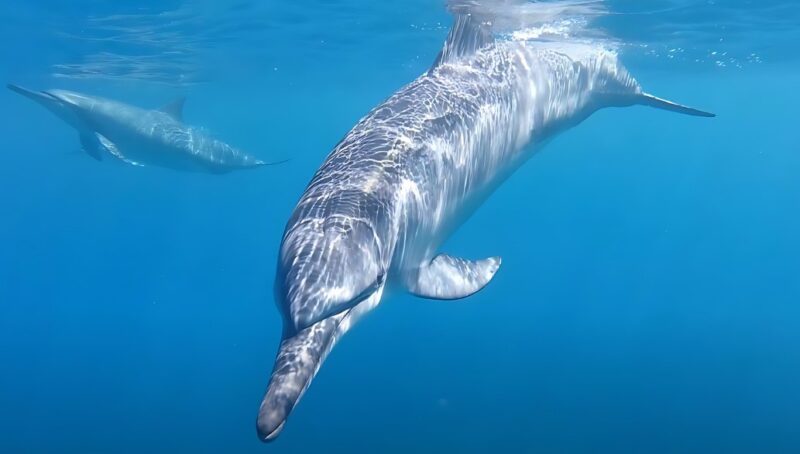Aloha! 🌊 Dive into the mesmerizing realm of Hawaii’s mammals, where isolation meets evolution. 🌋 Discover the unique marine giants 🐋 and the rare land inhabitants 🦇 of these lush Pacific islands. Get ready to embark on an exciting journey through one of the most isolated and diverse ecosystems on Earth! 🌏🌴
Key Takeaways
- Hawaii’s Isolation: Unique evolution and high endemism in mammalian species.
- Native Marine Mammals: Predominantly marine species like monk seals and dolphins.
- Introduced Mammals: Species like feral pigs and mongooses impact ecosystems.
- Monk Seal Conservation: Includes habitat protection and public education.
- Invasive Species Control: Strategies include fencing, hunting, and quarantine.
- Collaborative Conservation Efforts: Government, non-profits, and research play key roles.
- Tourist Participation: Essential in supporting wildlife conservation efforts.
- Sustaining Natural Balance: Ongoing efforts vital for ecological stability.
The Isolation of the Hawaiian Archipelago

The Hawaiian Islands, a breathtaking archipelago in the central Pacific Ocean, are not only known for their stunning landscapes and rich cultural heritage but also for their unique mammalian inhabitants. Each island, with its distinct environment, hosts a variety of mammalian species, ranging from native marine mammals to introduced terrestrial ones. Here’s a closer look at the primary islands and the mammals found on each:
Oahu
- Marine Mammals: Home to spinner dolphins, humpback whales (seasonally), and occasionally the Hawaiian monk seal.
- Introduced Mammals: Includes feral pigs, small Indian mongoose, and Polynesian rats. The island also has a population of feral cats and dogs.
Maui
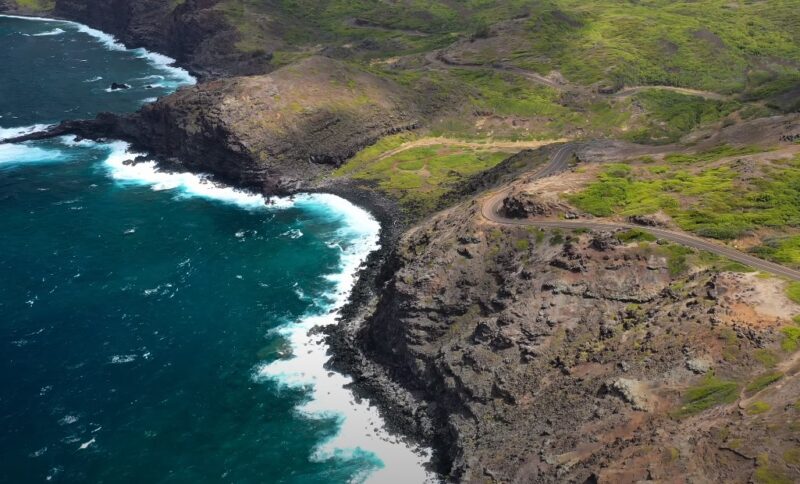
- Marine Mammals: Frequented by humpback whales during the winter and a popular spot for spinner dolphins.
- Introduced Mammals: Hosts feral pigs, axis deer (particularly prominent in Maui), and mongooses.
Kauai
- Marine Mammals: Spinner dolphins and humpback whales are commonly sighted. Hawaiian monk seals are often found resting on beaches.
- Introduced Mammals: Feral pigs, chickens (though not mammals, they are a notable introduced species), and mongooses are present.
Hawaii (Big Island)
- Marine Mammals: Spinner and bottlenose dolphins, along with humpback whales, are frequent visitors. Hawaiian monk seals are less common but present.
- Introduced Mammals: Includes feral goats, sheep, pigs, and mongooses. The Big Island also has a notable population of feral donkeys in certain areas.
Molokai
- Marine Mammals: Occasional sightings of Hawaiian monk seals and seasonal visits by humpback whales.
- Introduced Mammals: Feral pigs and deer are common, with axis deer being particularly abundant.
Lanai
- Marine Mammals: Home to spinner dolphins and a seasonal destination for humpback whales.
- Introduced Mammals: Known for its large population of axis deer introduced for hunting purposes.
Niihau
- Marine Mammals: Less frequented by marine mammals but occasional sightings of spinner dolphins and monk seals.
- Introduced Mammals: Primarily feral sheep and pigs, with limited human intervention due to the island’s private ownership and low population.
The challenge of reaching these remote islands has meant that, historically, only a few mammalian species have managed to naturally find their way here. Most of the native mammalian species in Hawaii are marine mammals, such as seals and whales. The terrestrial mammalian life, until human intervention, was notably limited.
Native Marine Mammals
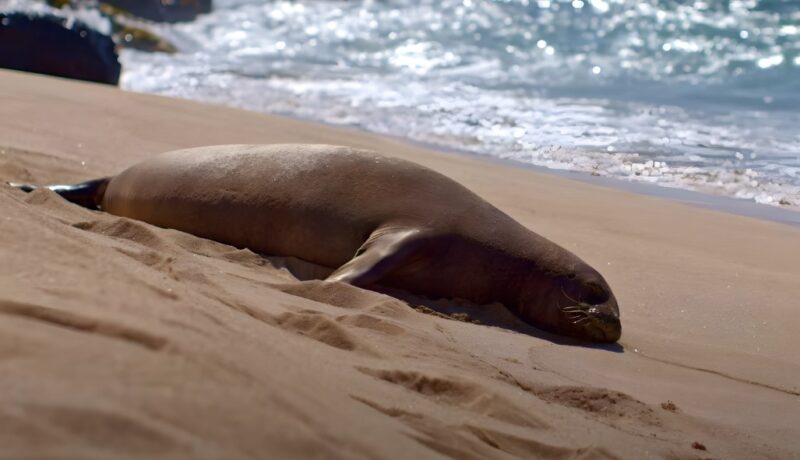
Hawaii’s waters are teeming with marine mammals, many of which are native to the region. These include various species of dolphins and whales, which are commonly sighted in Hawaiian waters. Among the most notable is the humpback whale, which migrates to Hawaii’s warm waters during the winter months for breeding purposes.
The Hawaiian monk seal, one of the few endemic mammals of Hawaii, is also a crucial part of the marine ecosystem. These seals are known for their reclusive nature and are primarily found on the Northwestern Hawaiian Islands. Unfortunately, the Hawaiian monk seal is an endangered species, facing threats from human activities and environmental changes.
| Category | Species | Scientific Name | Description |
|---|---|---|---|
| Marine Mammals | Hawaiian Monk Seal | Neomonachus schauinslandi | Endemic, endangered, primarily in Northwestern Hawaiian Islands. |
| Humpback Whale | Megaptera novaeangliae | Migrates to Hawaiian waters for winter breeding. | |
| Spinner Dolphin | Stenella longirostris | Often seen in nearshore Hawaiian waters. | |
| Bottlenose Dolphin | Tursiops truncatus | Common around the Hawaiian Islands. | |
| False Killer Whale | Pseudorca crassidens | A large dolphin species in Hawaiian waters. | |
| Introduced Terrestrial Mammals | Feral Pig | Sus scrofa | Introduced by Polynesians and Europeans, widespread in forests. |
| Polynesian Rat | Rattus exulans | Brought by first Polynesian settlers, prevalent on islands. | |
| Mongoose | Herpestes javanicus | Introduced to control rats, now invasive. | |
| Feral Goat | Capra aegagrus hircus | Introduced by Europeans, found on several islands. | |
| Axis Deer | Axis axis | Introduced for hunting, found on Maui and Molokaʻi. | |
| Cattle | Bos taurus | Brought for farming, significant in ranching history. | |
| Conservation Concern | Hawaiian Hoary Bat | Lasiurus cinereus semotus | Only endemic land mammal of Hawaii, endangered. |
Terrestrial Mammals
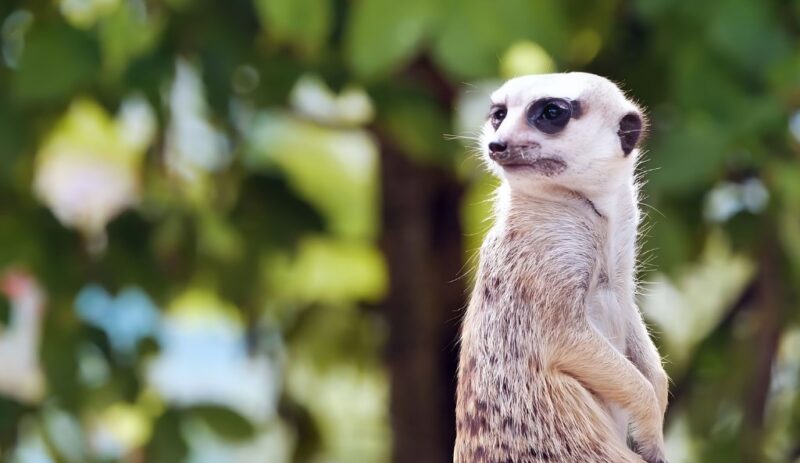
The arrival of humans to Hawaii brought significant changes to the island’s ecosystems, including the introduction of various mammalian species. The first Polynesian settlers arrived around 1,500 years ago, bringing with them the Polynesian rat. Later, with the arrival of European explorers and settlers, more mammalian species were introduced, both intentionally and accidentally.
These introduced mammals include feral pigs, goats, cattle, mongooses, and deer. While these species have thrived in the Hawaiian environment, their presence has often been detrimental to native flora and fauna, leading to various ecological challenges. For instance, the introduction of the mongoose was intended to control rat populations, but it also led to predation on native bird species and their eggs.
Conservation Efforts
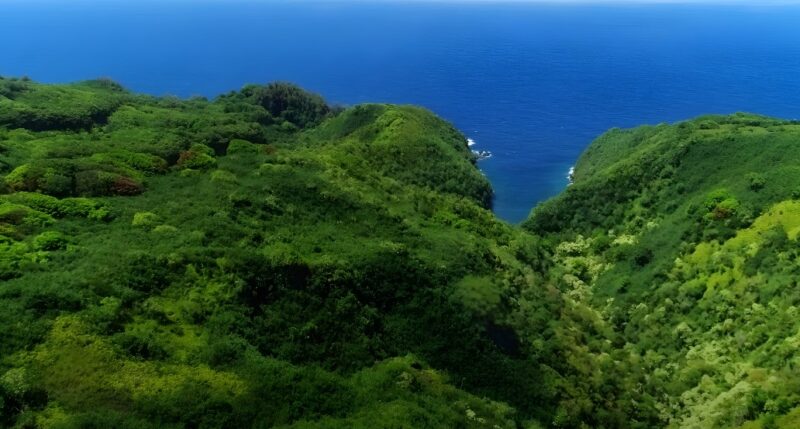
Hawaii’s distinct ecological landscape, characterized by its isolated ecosystems and a unique blend of native and introduced species, presents both challenges and opportunities for conservation. The islands’ biodiversity, particularly its mammalian species, faces threats from habitat loss, invasive species, and human impact. As a result, concerted conservation efforts are essential to safeguard these unique species and ecosystems.
Protecting the Hawaiian Monk Seal
The Hawaiian monk seal is one of the most iconic and endangered species in Hawaii. This species faces numerous threats, including entanglement in fishing gear, reduced prey availability, and habitat loss. Conservation initiatives for the monk seal are multifaceted:
- Habitat Protection: Ensuring the safety and integrity of the beaches and waters where the seals breed and feed is crucial. This involves creating protected marine areas and implementing regulations to minimize human disturbances, especially during critical breeding seasons.
- Rescue and Rehabilitation: Facilities like the Marine Mammal Center in Kona have been established to care for injured and sick monk seals. These centers not only treat and rehabilitate seals but also contribute to research that aids in the conservation of the species.
- Public Education and Awareness: Educating the public about the plight of the monk seal and promoting responsible behavior while near their habitats is vital. This includes guidelines on how to observe the seals from a safe distance and how to report sightings of distressed animals.
Combating Invasive Species
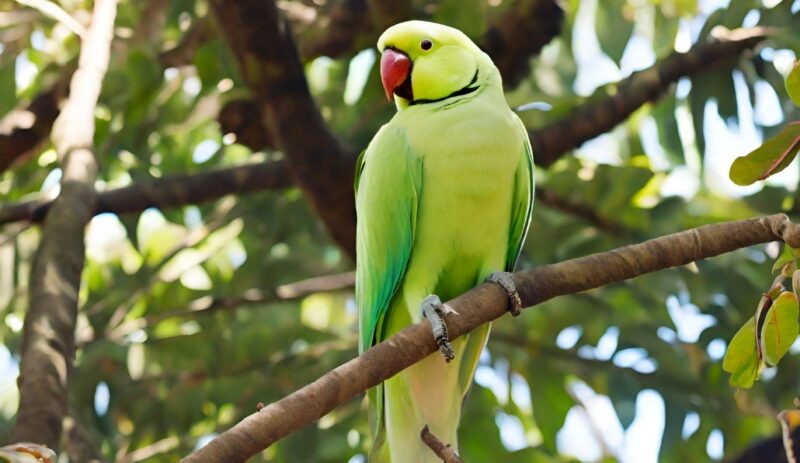
Invasive species pose a significant threat to Hawaii’s native flora and fauna. The introduction of species like the mongoose, feral pigs, and rats has led to a decline in native bird populations and altered ecosystems. Controlling these invasive species is a complex task that involves various strategies:
| Strategy | Description |
|---|---|
| Fencing and Habitat Management | Protecting critical areas like bird nesting sites by fencing to prevent access by invasive species like feral pigs and mongooses. Includes restoration of native vegetation to support ecosystem resilience. |
| Hunting and Culling Programs | Regulated programs for controlled hunting and culling of invasive mammals, ensuring ethical and effective population management. |
| Biological Control | Utilizing natural predators or diseases to control invasive species populations, applied with caution to prevent unintended ecological impacts. |
| Quarantine and Inspection | Implementing strict quarantine measures and thorough inspections at ports of entry to prevent the introduction of new invasive species. |
Collaborative Efforts and Research
Conservation in Hawaii is a collaborative effort involving government agencies, non-profit organizations, local communities, and international partners. Ongoing research is crucial in understanding the dynamics of Hawaii’s ecosystems and the impact of conservation strategies. Studies on climate change, the impact of invasive species, and the genetics of native species are part of this effort.
FAQs
Are there any bat species native to the Hawaiian Islands?
Yes, the Hawaiian Islands are home to the Hawaiian hoary bat, also known as ‘ōpe‘ape‘a, which is the only extant land mammal native to Hawaii. This bat is unique to the islands and plays a significant role in the local ecosystem, particularly in pest control.
How do marine mammals in Hawaii contribute to the ecosystem?
Marine mammals in Hawaii, such as dolphins and whales, play critical roles in the marine ecosystem. They help maintain the health of coral reefs and marine habitats by controlling fish populations and facilitating nutrient cycling. Additionally, their presence attracts tourism, which is vital to Hawaii’s economy.
Have any extinct mammals been discovered in Hawaii through fossil records?
Yes, fossil records have revealed the existence of extinct mammals in Hawaii. These include several species of flightless waterfowl and the Hawaiian monk seal’s ancestor. These findings provide insights into the historical biodiversity of the islands and the impact of human colonization.
Are there any ongoing scientific studies on Hawaii’s native mammals?
Numerous scientific studies are ongoing in Hawaii, focusing on various aspects of native mammal biology and conservation. These include studies on the behavior, genetics, and population dynamics of the Hawaiian monk seal and research into the habitat and conservation needs of the Hawaiian hoary bat.
What are the main threats to Hawaii’s native mammalian species?
The primary threats to Hawaii’s native mammals include habitat loss, climate change, and human activities such as pollution and overfishing. Invasive species also pose a significant threat, as they can outcompete native species for resources and sometimes prey directly upon them.
How can tourists visiting Hawaii help in the conservation of local mammal species?
Tourists can aid conservation efforts by respecting wildlife habitats, participating in eco-tourism, and supporting local conservation initiatives. They should follow guidelines for responsible wildlife viewing, especially for marine mammals, and avoid disturbing natural habitats. Additionally, supporting local businesses that prioritize sustainability can also contribute to conservation efforts.
Final Words
As our journey through Hawaii’s incredible mammalian landscape comes to an end, remember that this is just the tip of the iceberg! 🏝️ The conservation and understanding of these unique creatures are crucial for maintaining the natural beauty and ecological balance of Hawaii. 🌺 Keep the spirit of Aloha in your heart and continue to cherish and protect our planet’s extraordinary wildlife. 🌍🌟 Aloha and A Hui Hou (Until We Meet Again)! 🌊🐢
Related Posts:
- Which Insects Live In The Tundra? - The Frozen Critters
- Which Fish Live In Swamps? - Various Species Found
- What Habitats Do Mammals Live In? From Forests to Deserts
- Which Mammals Can Fly? - The Only True Flyers and…
- What Biome Do Grizzly Bears Live In? Into the Great…
- Forest Animals – Pictures & Fun Facts On Animals…


